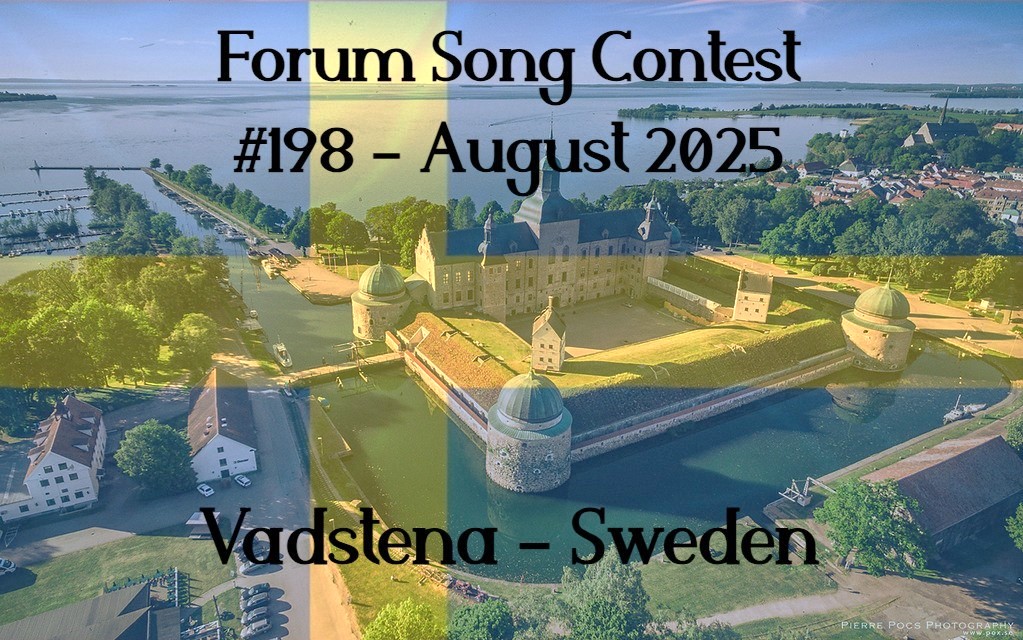
Are you ready for a lovely August-vacation? Somewhere with pleasant temperatures, green forests, and where a light breeze is dancing on the lakes? Let's go to Sweden! And the perfect place is on the shores of the Vättern-lake where the lovely town of Vadstena is located.
WELCOME TO SWEDEN
Before going to explore Vadstena, let's first hear last month’s winner and the reason why we’ve entered the Swedish woods. Here’s Agnes with “Balenciaga Covered Eyes”:
----------------------------------------------------------------------------------------------------------------------------------------------------------
WE'RE IN VADSTENA!

Vadstena is a town, though originally with city-status, in Östergötland, Southwestern Sweden. It lies on the shores of Vättern-lake which is the second largest lake in Sweden and the sixth largest in Europe. Despite having less than 6000 inhabitants nowadays, Vadstena has a long and proud history.
The first human settlements in the area dates back to the Iron Age, but the most significant signs of human activities in what is now Vadstena were grand farm houses built shortly before 1000 AD.
The first church in the town dates back to the 12th century AD and though the original church doesn’t exist anymore, a new church has been built at the exact same spot.
Lying on the pilgrims' way to Trondheim it became an important place in the Middle Ages, and in 1400 it received official status as a city, hence marking it as the year of proper foundation.
Before then, in the mid-13th century, Bjälbopalatset was built as royal residence until it was donated to the newly founded monastery in 1346. In the beginning of the 16th century the infamous Swedish king Gustav Vasa made some significant changes in the city. He didn’t believe the original defense walls were strong enough to protect the city and started building a new fortress which stood stronger against invasion. Despite investing that much in the new defense system, Gustav Vasa decided to degrade the city to a mere town again, hoping to get more trading centered around the northern parts of the lake rather than in Vadstena. Meanwhile he closed both the working monastery and original palace. For hundreds of years the old buildings from the monastery were being used to house former soldiers, wounded men who had retired from the Swedish army.

In the 19th century the buildings were transformed into a hospital, and Vadstena got a reputation as a town of healthcare. That attracted a lot of people and meant a big growth in population.
The city got an improved infrastructure with the completion of the Göta canal and the expansion of their harbour in the mid-19th century. A few decades later a railway line was established, the Wadstena Fogelsta Railway.
In the beginning of the 20th century, the old buildings at the former monastery didn’t seem capable of housing a modern hospital and the county council allocated new funds for a new hospital to be constructed at Motalagatan.
With the growing size of the hospital and asylum, a horsedrawn tram was built to connect the different parts of the complex with the central kitchen, mainly transporting food.
Sadly the hospital and asylum in Vadstena lost the importance gradually in the following decades and in 1930 the tram had to shut down again. So did the train connections for commercial traffic to Vadstena around 1960. Eventually the last parts of the hospital were closed in 1970.

Nowadays it’s not just ill people who come to Vadstena to get better. The beautiful forests, Mount Omberg and the chill waters in the lake, make it an ideal place for tourists who need a quiet break from a stressful daily life. Or perhaps enjoy a hike between some of the ancient castle ruins scattered around in the area. In the summer season the Railway Association in the town opens up some of the old rail tracks to take the tourists for a train ride, or they may enjoy a cruise on the lake, only operating during the summer holidays, as well.

-----------------------------------------------------------------------------------------------------------------------------
Walking tour: Castle and Monastery - Heliga Birgitta
But now that we’re here in the town centre, let's have a short walk around… Look, the town hall!

It’s the oldest preserved town hall in Sweden with parts dating all the way back to 1460 with the tower added in the 16th century. Though there haven’t been any council meetings since the late 1970s, the building is still in use: you’ll get some of the best food in the town at restaurant “Rådhuskällaren”.
If looking around the Town Hall Square, we can see the pharmacy. It was built in 1705 by Anders Eriksson and has served as the town pharmacy since 1830. Originally parts of the pharmacy, the storerooms, were located in the building next to it. Nowadays the pharmacy has more limited space for storage, as the adjacent building has housed the town museum since 1949.
Alright, let’s head south to the Asylen park. It was in this park that the original mental asylum was established in the 19th century, as well as a sugar and tobacco factory. The park was originally made as the gardens connected to the fortress by Gustav Vasa though. Oh, and look! Right behind it across the moat the fortress walls are standing tall!

The fortress was built as an improved defense, not only of the town itself, but as a stronghold against invaders from Småland and Denmark trying to work their way north towards Stockholm in 1545.
Shortly after, in 1555, the fortress was handed down to one of Gustav Vasa’s four sons, Magnus, the Duke of Östergötland, who decided to turn the fortress into a proper castle where he stayed until his death in 1595.
Then the castle was inherited by his older brother Johan who expanded the interior further and in the first half of the 17th century, the castle contained both big halls and a church within the castle walls. In the next century, several royals spent time at the castle and even staged one of the first operas in Sweden at the castle.
The castle was abandoned by the royals in the early 18th century though, and the halls were then used for several other purposes like textile production.
In 1899 the Swedish archives needed somewhere to be stored while the intended buildings in Linköping were reconstructed. That never happened so the archives stayed at Vadstena Castle and are still to be found in the castle today.
The castle is a protected building with great historical and architectural value, and parts of the building is open to the public and it’s possible to see furniture and artifacts from the Swedish National Museum at the museum.

Right, so let’s walk alongside the lake to the other side of town and the old monastery grounds.
The monastery was active from 1346 to 1595 and home to the Bridgettine Order. It was a double monastery for both nuns and monks. The first years as a working monastery, despite the support from the king, was not acknowledged, and it was not until 1384 that it was officially blessed by the Bishop of Linköping.

The monastery was founded by Heliga Birgitta (Saint Bridget) or Bridget of Sweden. As well as the monastery, she also founded the Bridgettine Order.
She was originally born in Uppland and married already at the age of 13. As a child she had great visions, including sights of the death of Christ. So, she turned out to be a highly devoted Christian and together with her husband she went on pilgrimages to both Trondheim and Santiago de Compostela. Her husband died in 1344, and she decided to live the rest of her life in clear asceticism.
Since then, her visions got stronger, and her first grand revelation came shortly before founding the order when God told her to become his bride and preach his words.
She praised Mother Mary and focused on women and their Christian obligations in the making of the Bridgettine Order.

Her divine insights made the Swedish king and noblemen from many places in Northern Europe ask her advice on routes and manners of the crusades where especially Russian Orthodox Christians were converted to Catholicism.
In her life she had a total of more than 700 visions and ended up writing them all down in four big books, a total of 1400 pages, called “Revelationes Celestes”.
Stories about this divine woman with her magnificent visions went around Europe, and after the Bridgettine Order was officially founded and blessed by the pope in 1370, monasteries were being built in many countries. In around the year 1500, 25 Bridgettine monasteries existed around the world, and today you can find monasteries in as distant countries as Mexico and Cuba.
She died in 1373 and the role of abbess in Vadstena was taken by her daughter Katarina (she had eight children before her celibacy) who was just as devoted to the faith as Bridget. They are both canonized today.
Now let’s head around the corner for our last stop tonight: Gamla Teatern – Our host venue.
--------------------------------------------------------------------------------------------------------------------
Our Host Venue tonight: Gamla Teatern
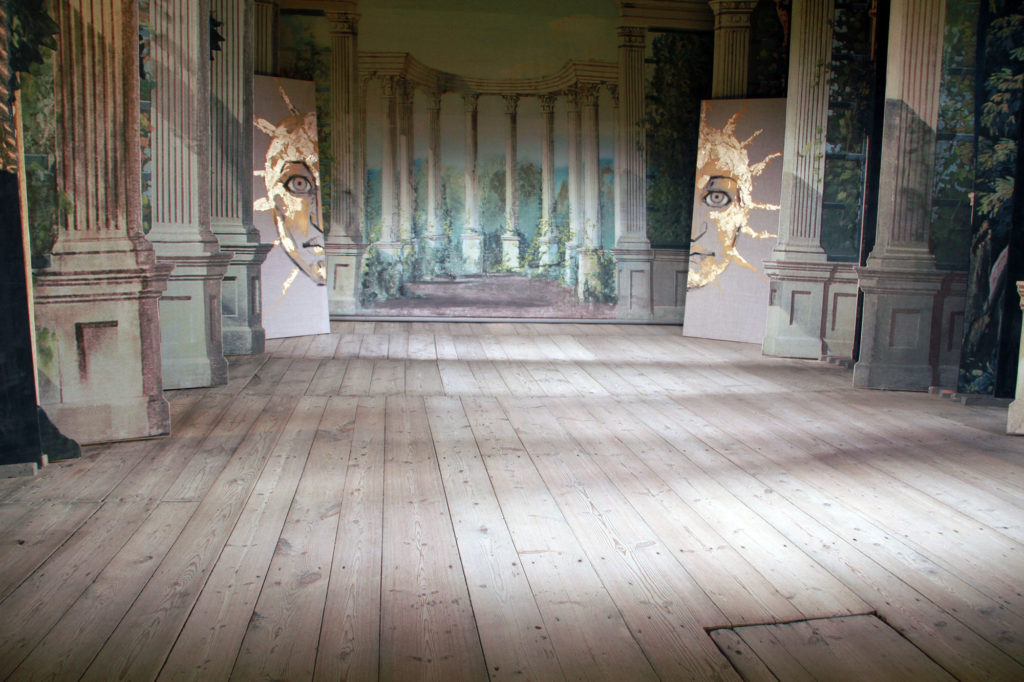
Vadstena Gamla Teater (Old Theatre) was completed in 1825 and was used mainly as a guest theatre for travelling theatre companies as the location was a natural stop when touring around Sweden. In 1847 the theatre was rebuilt and expanded with extra boxes and it got a total capacity of 350 spectators. The last theatre performance in 60 years was in 1882, and in the following decades the rooms were used mainly for storage and at some point as a potato cellar. The theatre was reopened in the 1940s, and since the mid-1960s Vadstena-Akademien has performed their operas on the stage. Ballets are regularly performed too. And obviously Forum Song Contest!
---------------------------------------------------------------------------------------------------------------------
Our hosts tonight:


Caroline Winberg (Born 27th March 1985) is a Swedish model and actress. She grew up in Sollentuna, just outside of Stockholm, and was spotted by a model scout when she was on her way to football practice as a 15-year old. That led to years of international modelling for big companies like Versace, Armani and Dolce & Gabanna. At the age of 26 she got her debut as an actress, staring in minor roles in “Limitless”, “Take Down” and “Wonder Woman”. She hosted the 6th and 7th seasons of “Sweden’s Next Top Model”.
Kelly Gale (Born 14th May 1995) is a Swedish-Australian model. Though growing up mainly in Gothenburg, she did live in both Ghana and her father’s home country Australia for parts of her childhood. She was discovered by a model scout outside of a coffee shop in Gothenburg at the age of 13, though she did not start working until a year later. She has been working for Victoria’s Secrets and has been on the covers of Vogue several times.
----------------------------------------------------------------------------------------------------------------------------
I think I can hear our opening act getting on stage so please welcome Canadian singer Matt Maher, performing "Alive And Breathing":
------------------------------------------------------------------------------------------------------------------------------------------------------

 Ready? It's time to listen to this month's songs
Ready? It's time to listen to this month's songs 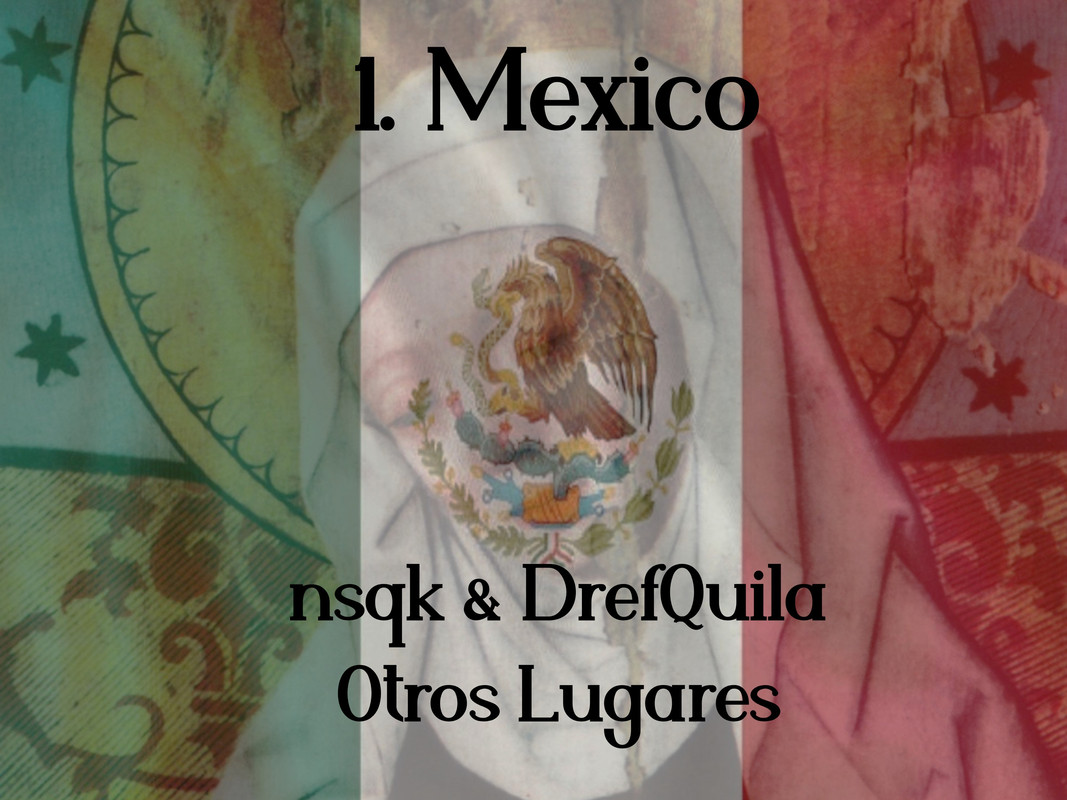


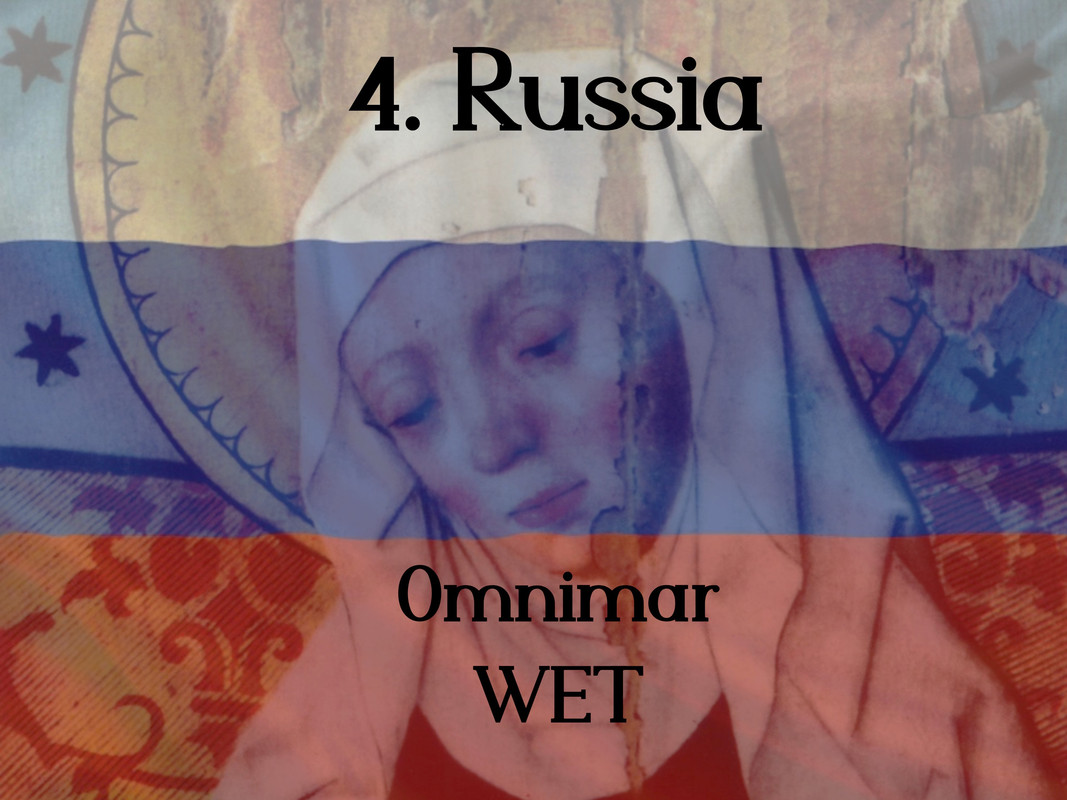

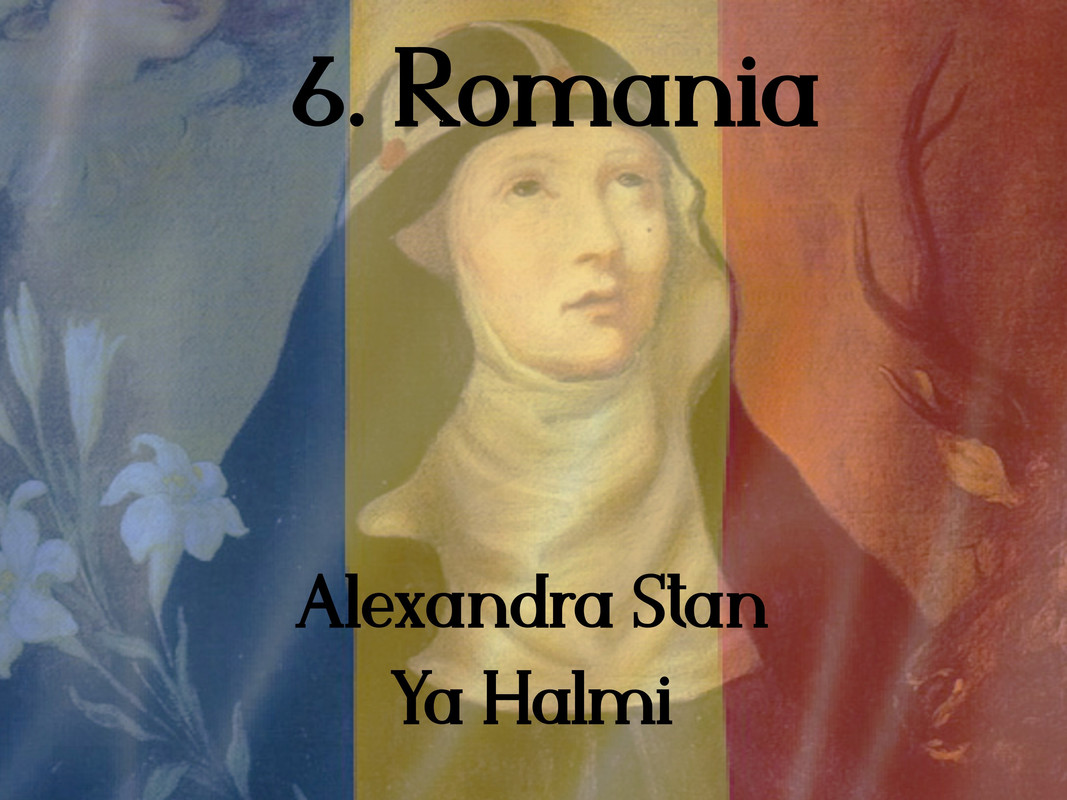
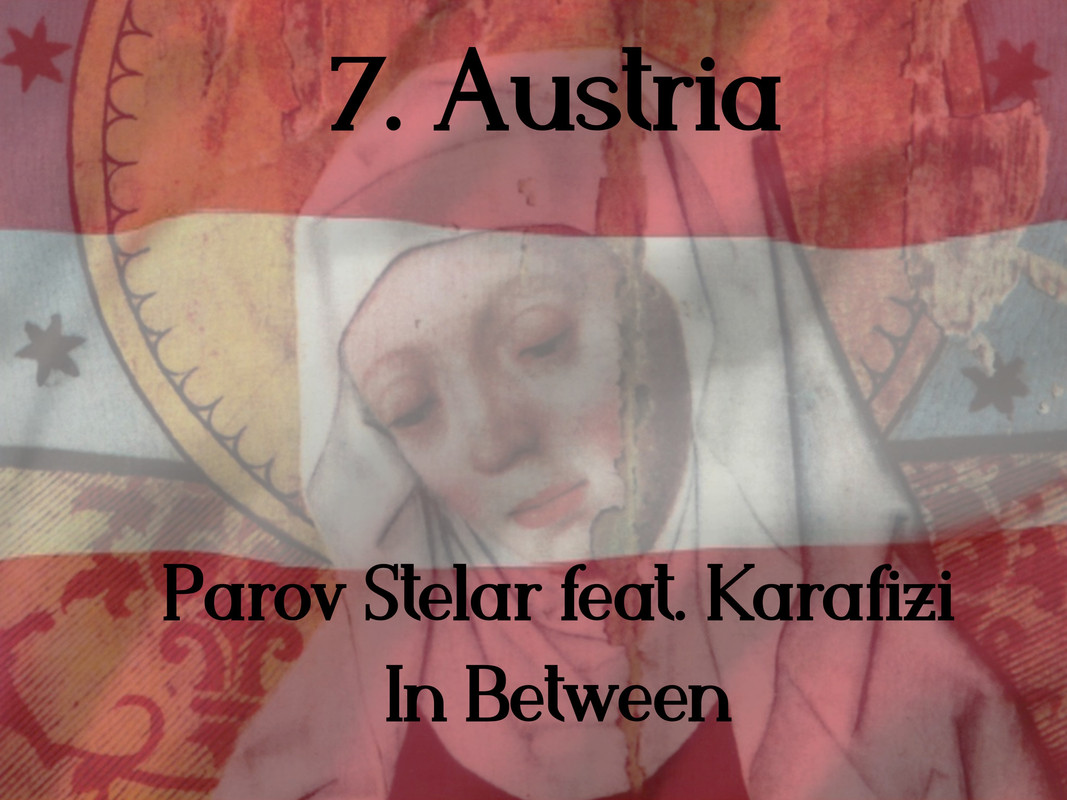
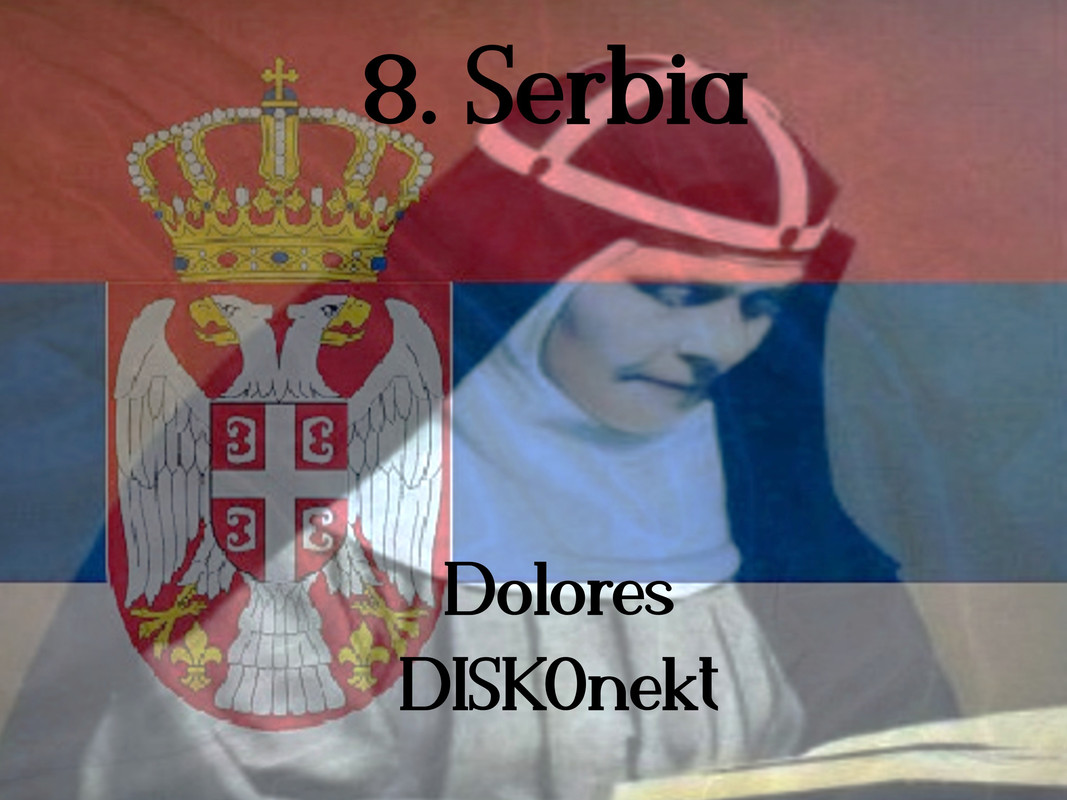



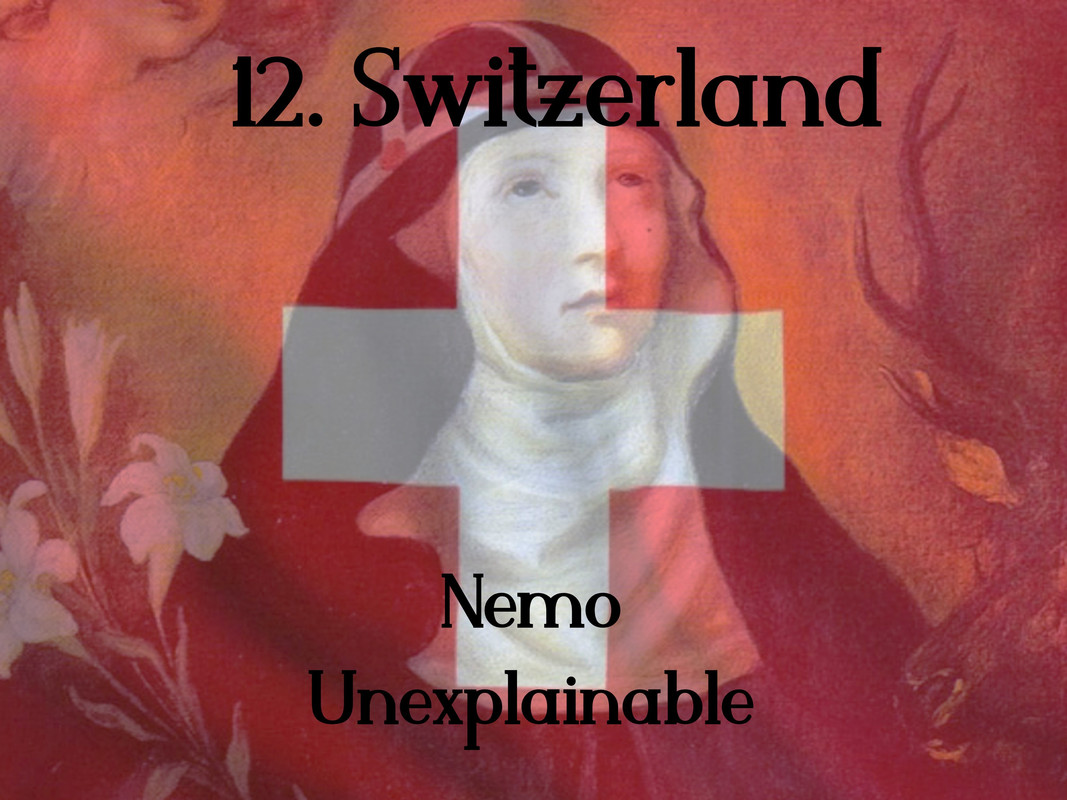
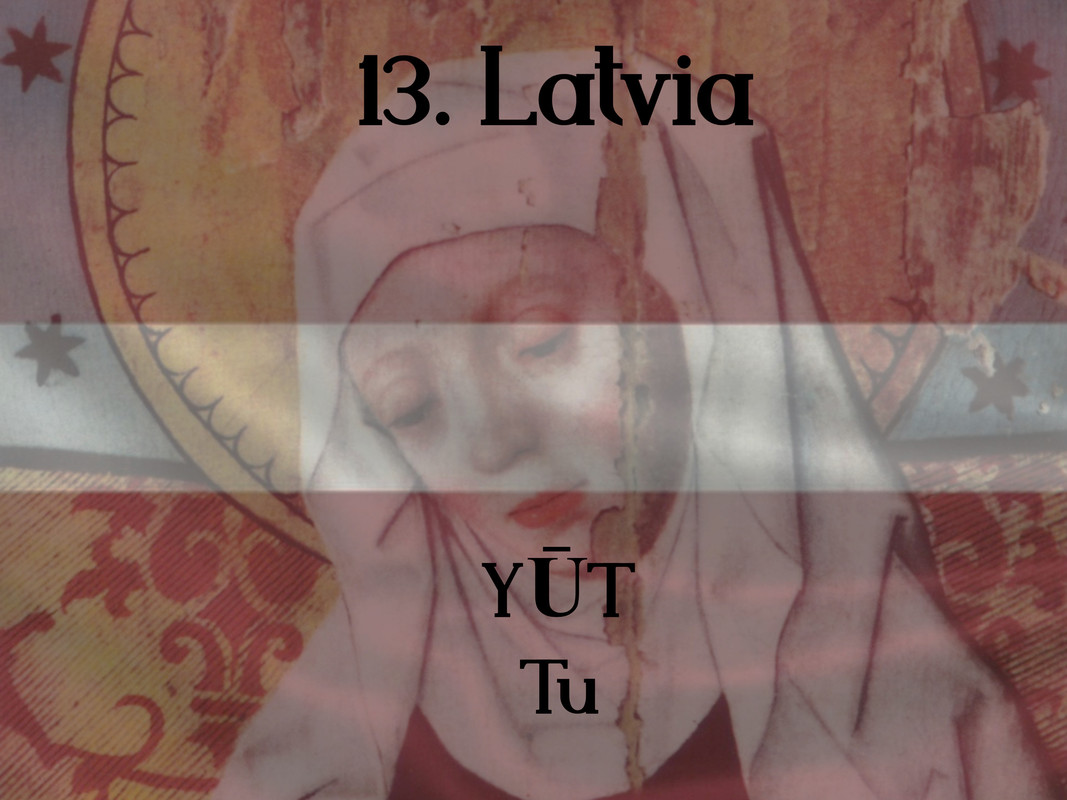


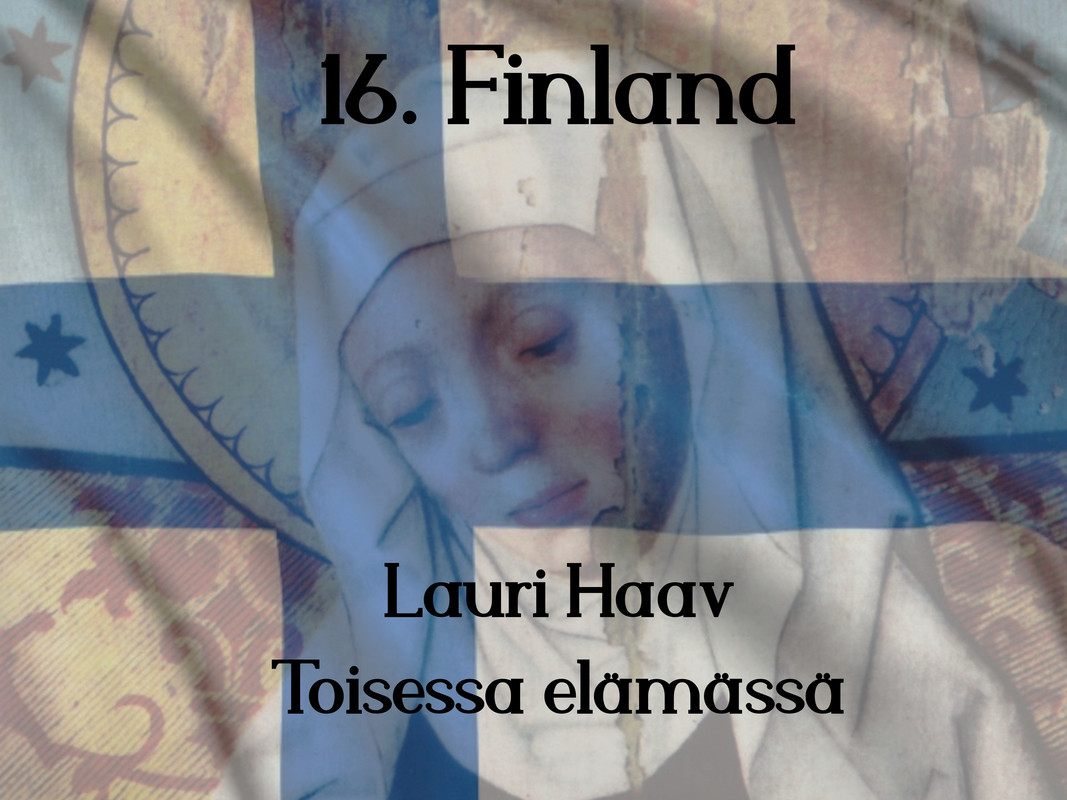

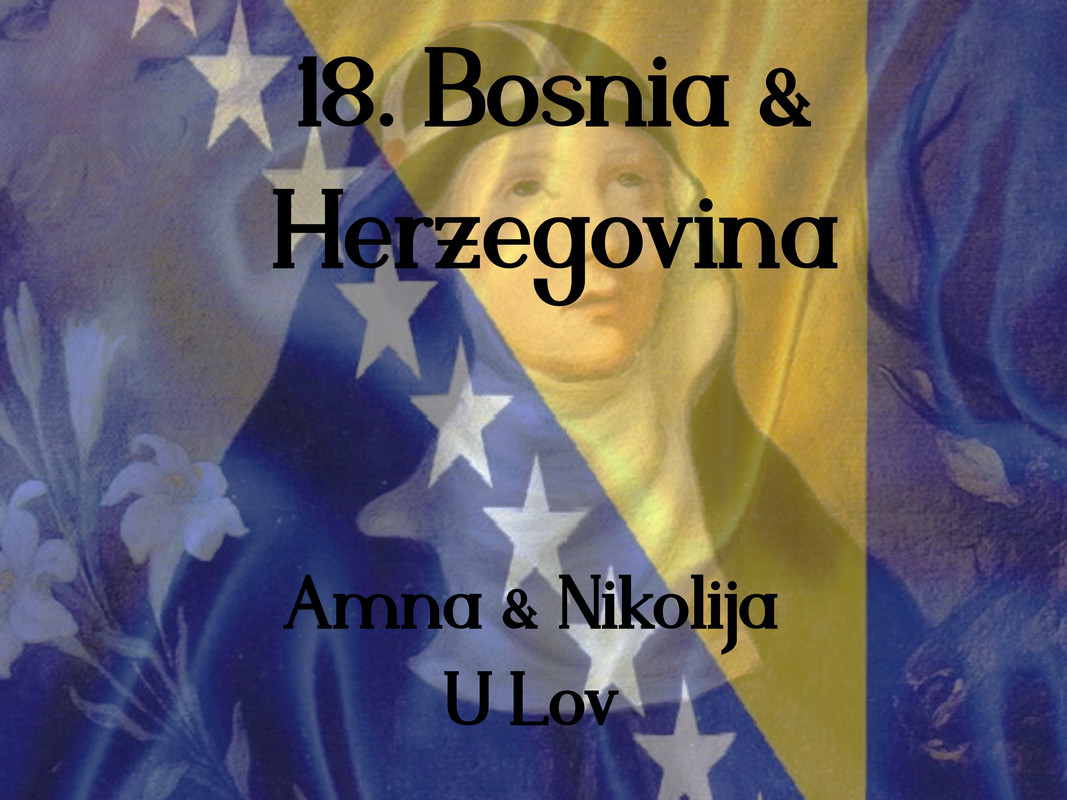



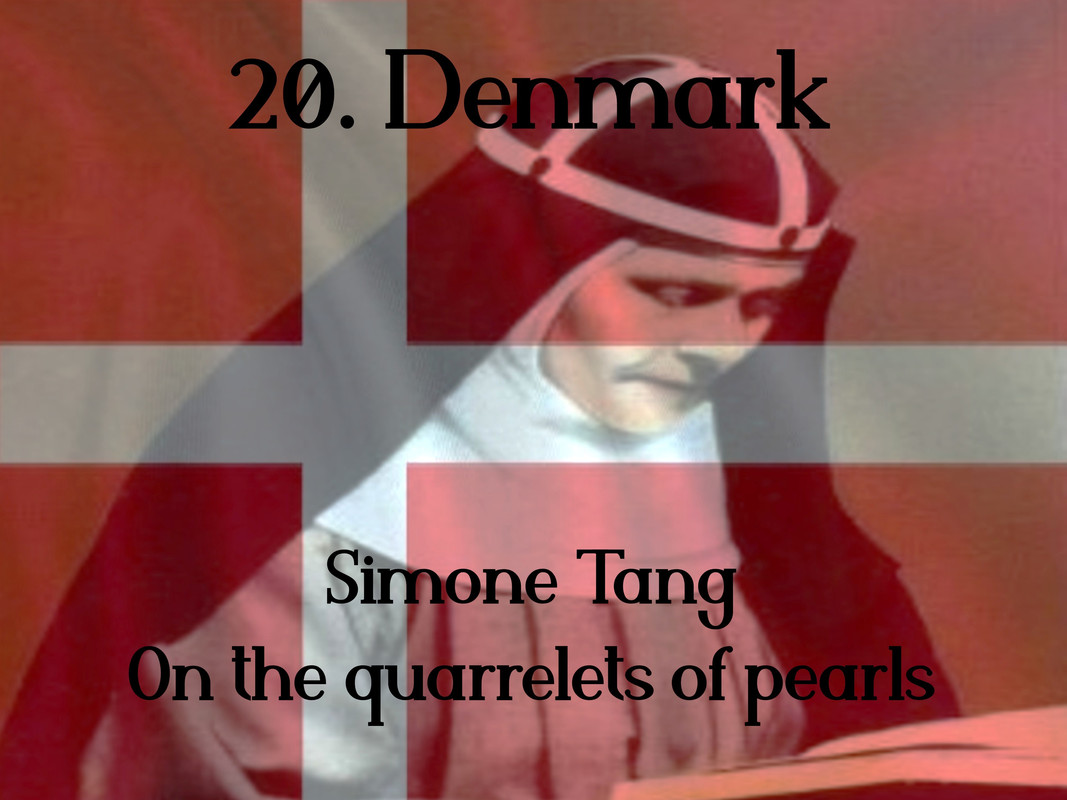
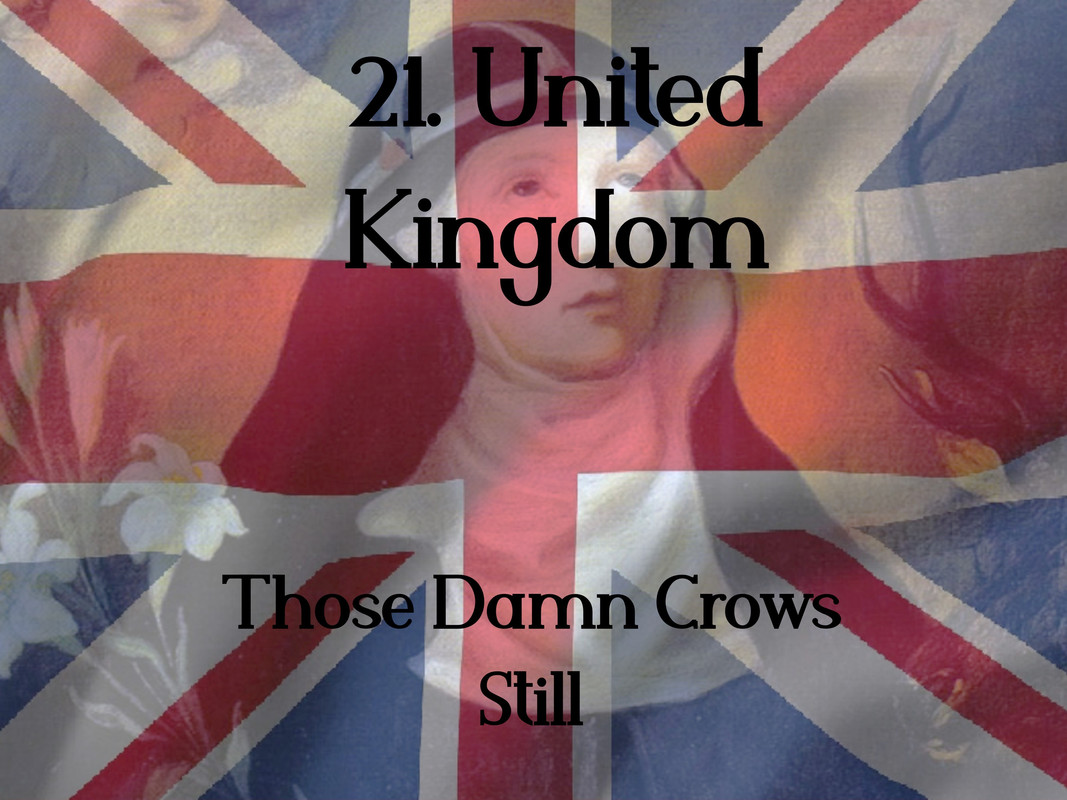
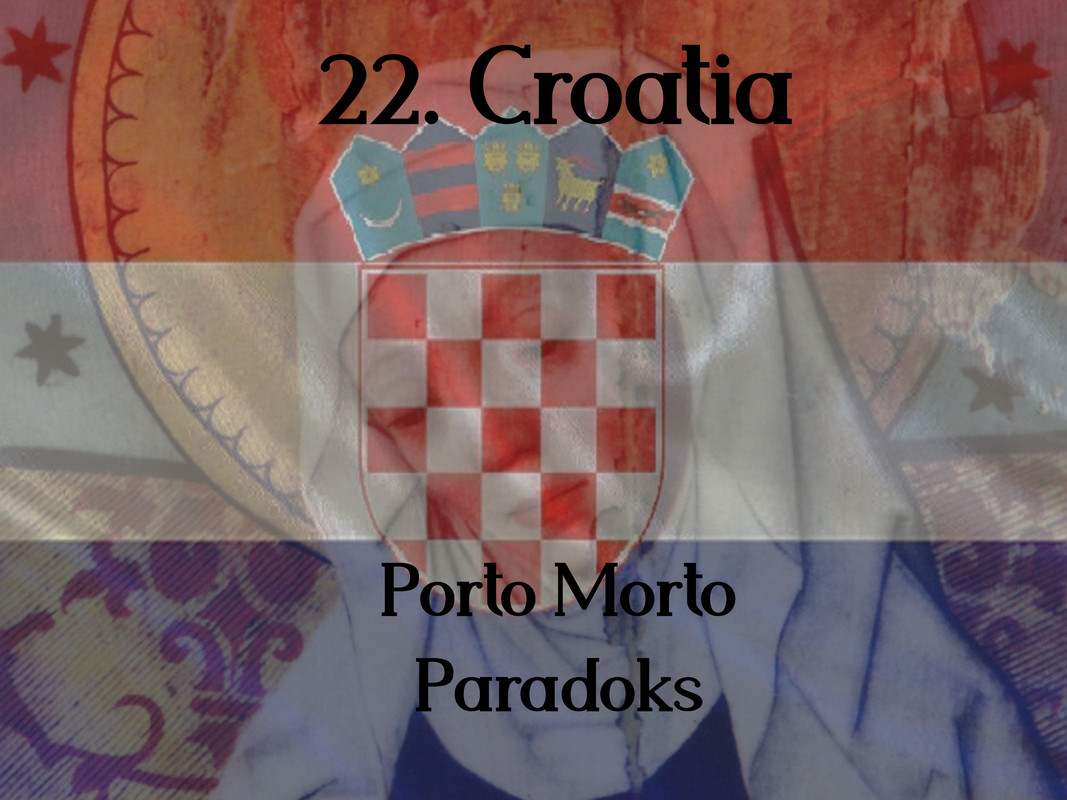
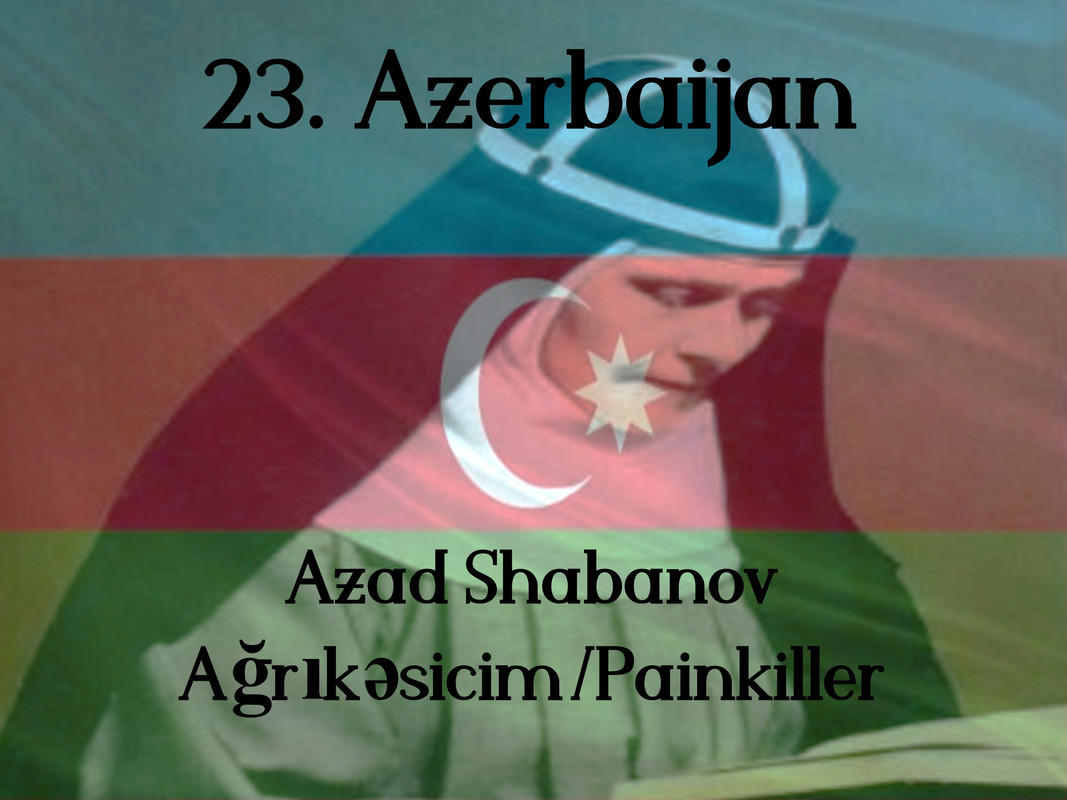

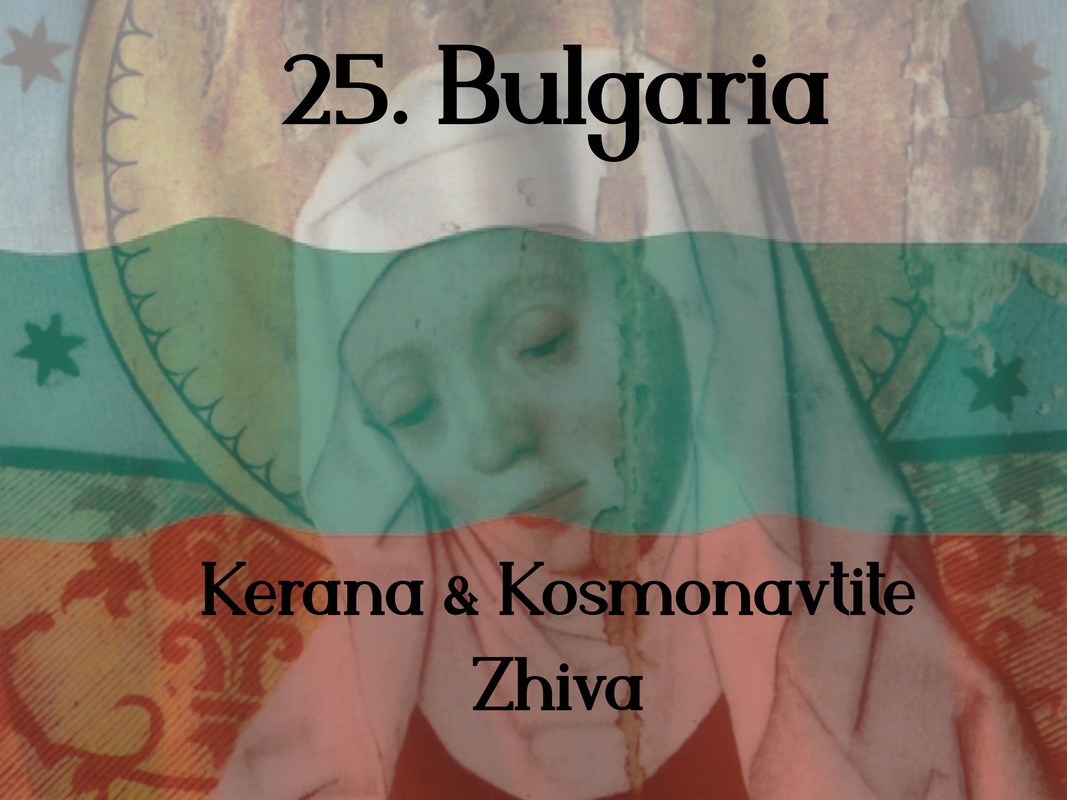


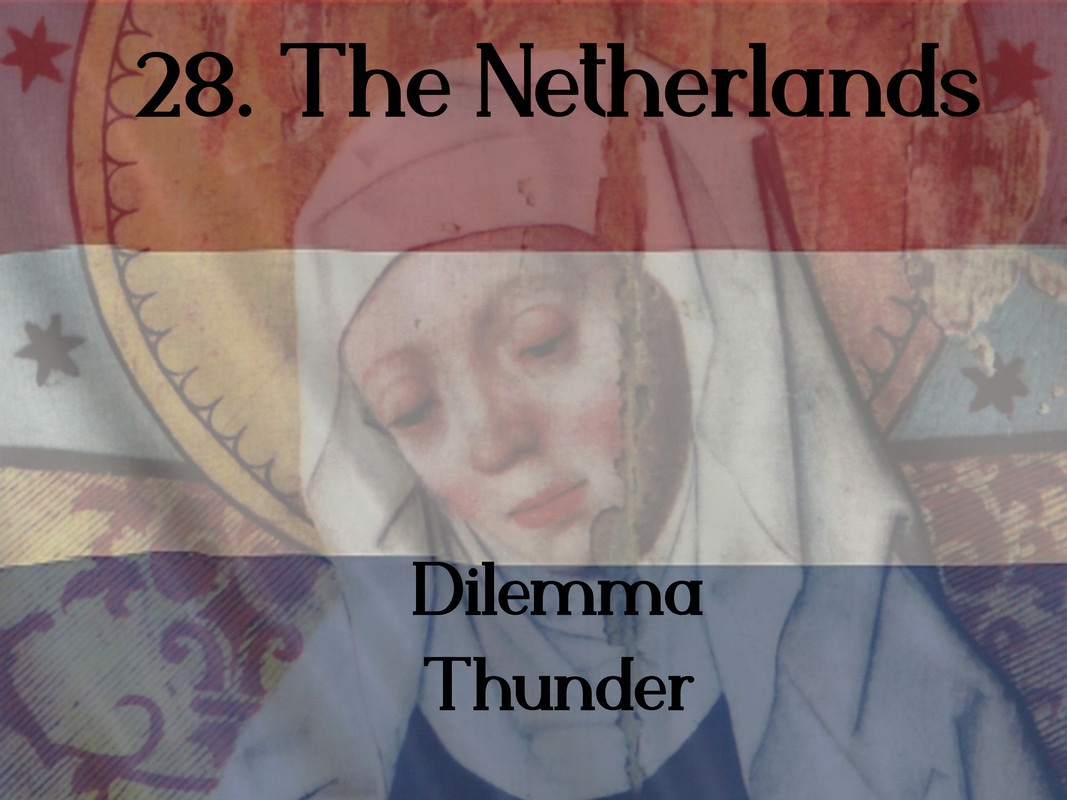

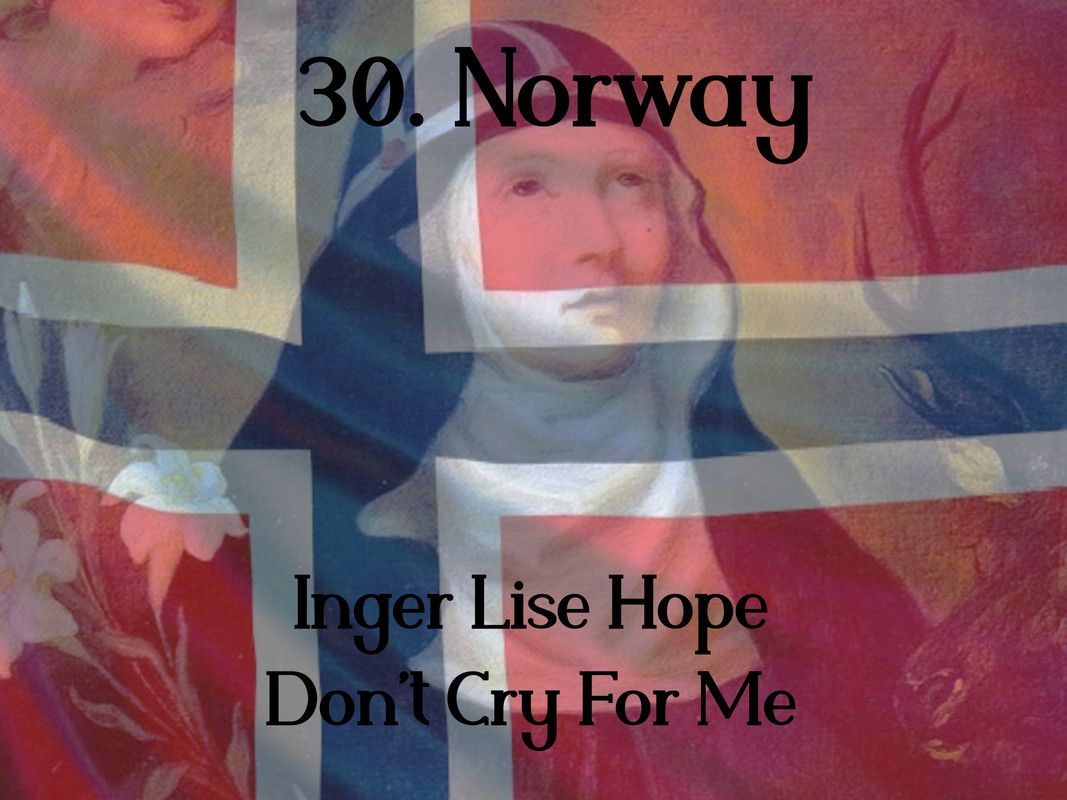
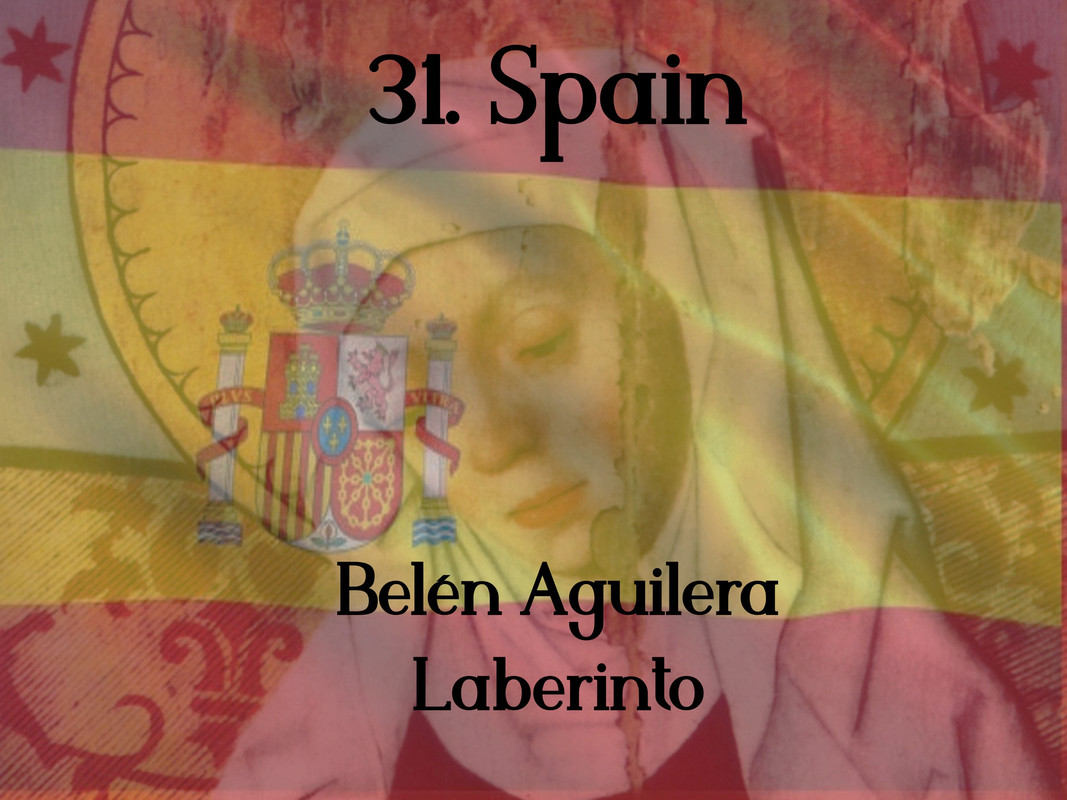
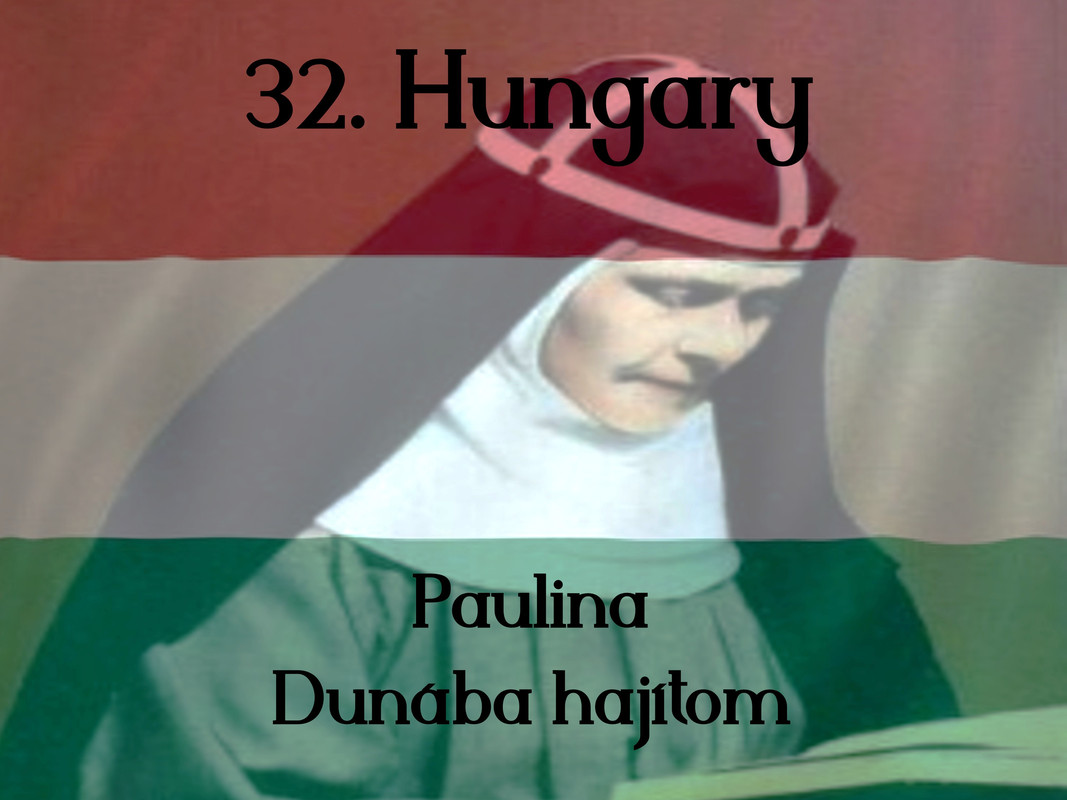
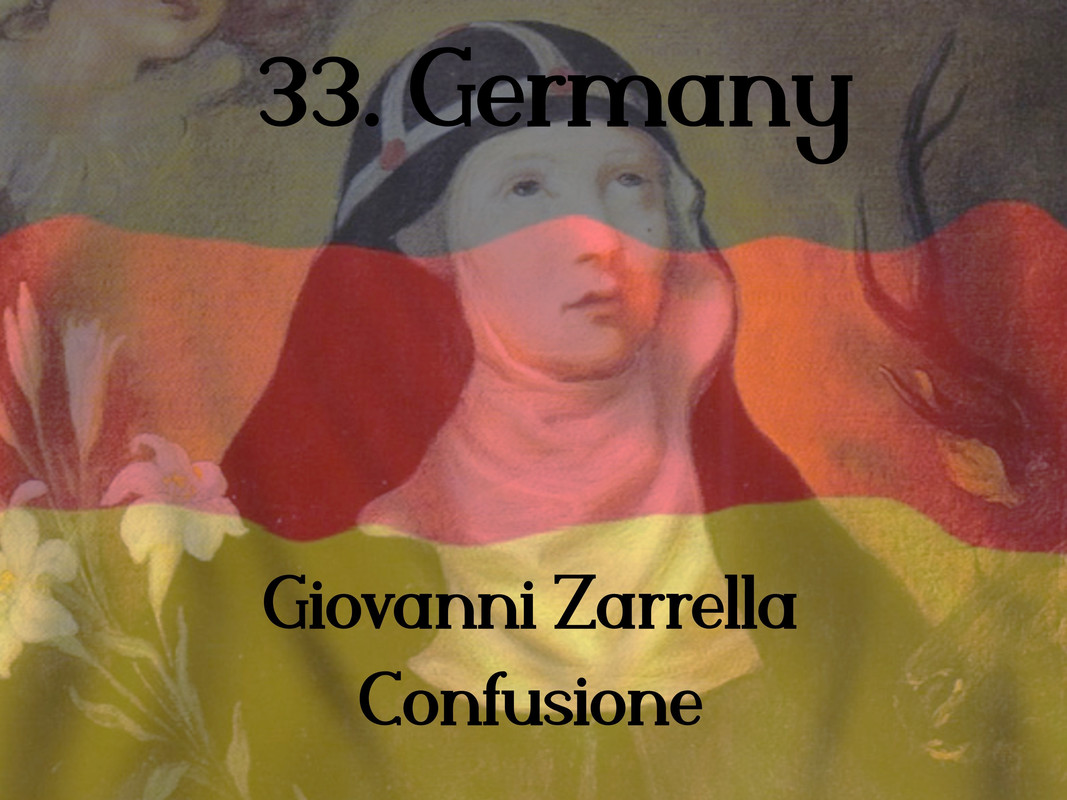
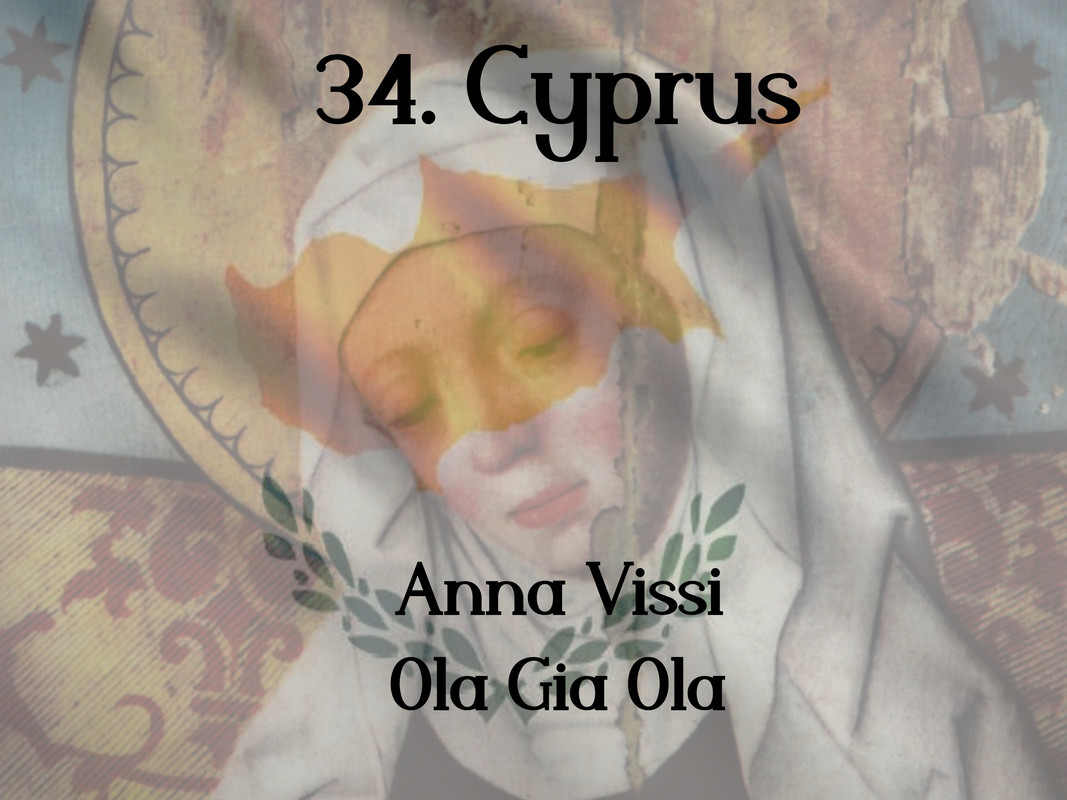



 Thank you
Thank you 
